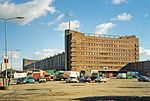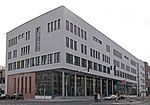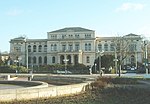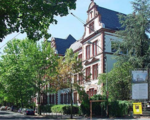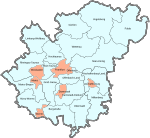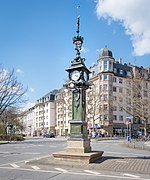Memorial at the Frankfurt Grossmarkthalle
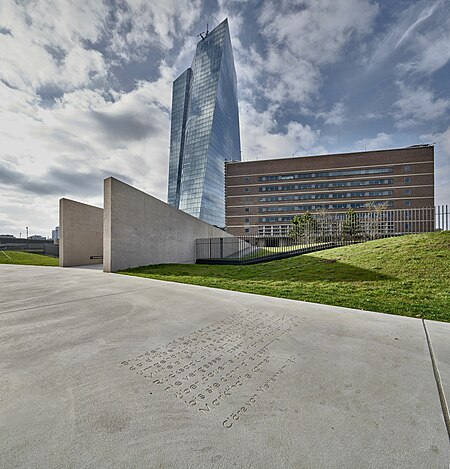
The Memorial at the Frankfurt Grossmarkthalle (German: Erinnerungsstätte an der Frankfurter Großmarkthalle) commemorates the deportation of Jews from Frankfurt am Main in Nazi Germany during the Holocaust. From 1941 to 1945, the Gestapo used the cellar of the Grossmarkthalle as a gathering place for the deportation of Jews from the city and the Rhine-Main area. During ten mass deportations between October 1941 and September 1942 alone, about 10,050 people were deported from the Großmarkthalle railway station in freight trains to ghettos, concentration and extermination camps and subsequently murdered. As far as is known, only 179 deportees survived the Second World War.
Excerpt from the Wikipedia article Memorial at the Frankfurt Grossmarkthalle (License: CC BY-SA 3.0, Authors, Images).Memorial at the Frankfurt Grossmarkthalle
Frankfurt Ostend (Bornheim/Ostend)
Geographical coordinates (GPS) Address Nearby Places Show on map
Geographical coordinates (GPS)
| Latitude | Longitude |
|---|---|
| N 50.1093 ° | E 8.7057 ° |
Address
60314 Frankfurt, Ostend (Bornheim/Ostend)
Hesse, Germany
Open on Google Maps

